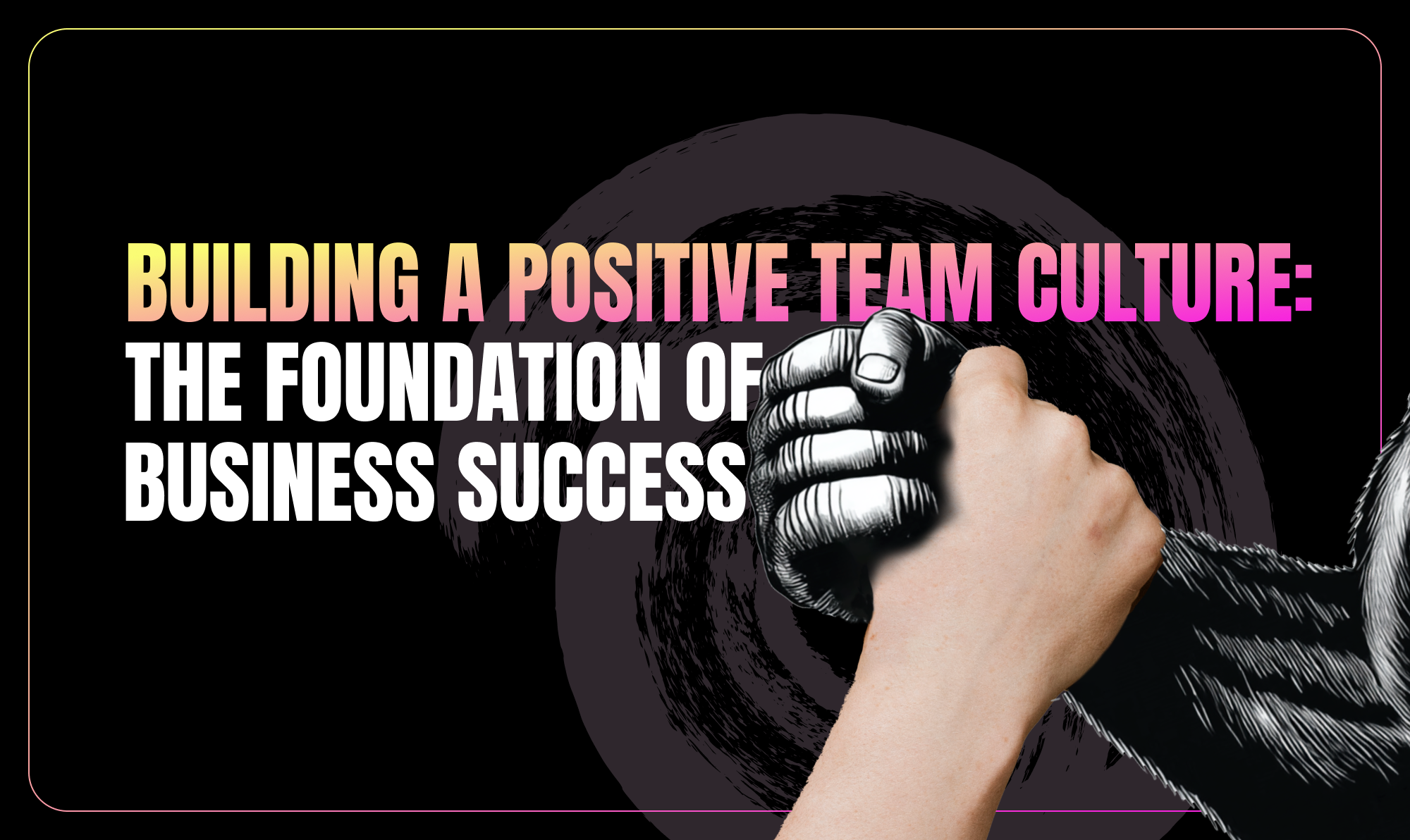
Discover how to build a thriving team culture in your SME. Learn practical strategies for measuring, improving, and recognizing a positive workplace environment to boost engagement and retention.
In the fast-paced world of small and medium-sized businesses, team culture isn't just a buzzword—it's the secret sauce that separates thriving companies from those struggling to keep up. But what exactly is team culture, and why does it matter so much?
Team culture is the invisible foundation of your organization. It's the combination of shared values, attitudes, behaviors, and practices that define how your team interacts, works, and grows together. Think of it as the DNA of your company—unique, powerful, and absolutely critical to your success.
Attracting and retaining top talent can sometimes be harder for SMEs - you don’t always have big salary budgets or well known household names that make a CV pop. But your smaller size, your ability to be agile and ambition are how you create amazing work cultures from the ground up. When done well, an inclusive team culture can:
Measuring team culture isn't about complex algorithms or expensive consultants. It's about honest, consistent feedback and keen observation. Here are some practical ways to understand your current culture:
1. Anonymous Surveys: Create confidential questionnaires that allow team members to share candid feedback without fear of repercussion.
2. One-on-One Conversations: Regular, informal check-ins can reveal insights that formal surveys might miss.
3. 360-Degree Feedback: Implement a system where employees can provide feedback about colleagues at all levels, including leadership.
Rolling these measures out takes time, as does collating the feedback and implementing any actions. As the whole point is to improve the culture within the organization, waiting for the impact from these measures will take even longer.
There are still plenty of KPIs you can be tracking, both long and short term.
In the short term, look at:
In the medium to long term, you’ll be able to measure more impact:
Toxic team culture can be a hard weed to identify - is it coming from one or two employees who have naturally negative attitudes? Is it coming from a specific management level? By looking at your key measurement metrics, you should be able to pinpoint the cause or identify if it’s a systemic issue. Alongside your measurement surveys and feedback, look for:
All these metrics should provide an easy map identifying if it’s a department or organization wide issue.
Your values aren't just words on a wall—they're the compass that guides your team's behavior. Make them:
Open, transparent communication is the cornerstone of a positive culture. Implement:
Show your team you're committed to their growth:
Acknowledgment goes a long way:
Create an environment where team members feel safe:
Building a positive team culture isn't a one-time project—it's an ongoing commitment. It requires an ongoing and consistent effort that needs to be clearly visible. There must be clear signs you care as an organization, about your staff and their happiness.
Remember, your team culture can be your greatest competitive advantage or your most significant liability. Choose wisely, invest thoughtfully, and watch your team—and business—thrive.